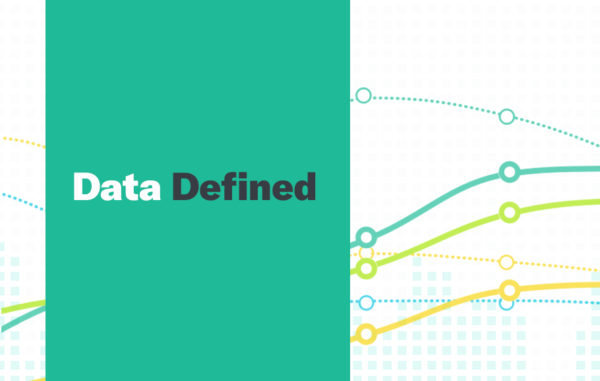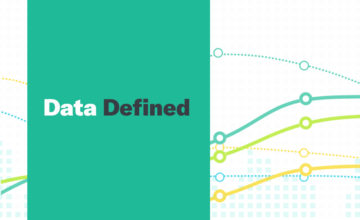Logical Data Warehouse Defined
A logical data warehouse (LDW) is an architectural layer that sits on top of the usual data warehouse store. The logical architectural layer provides several mechanisms for viewing data in the warehouse store as well as elsewhere across an organization without having the need to relocate and/or transform the data ahead of time. This removes the hassle of having to consolidate critical data that’s scattered across silos.
The advantage of the logical architectural layer is that data accessed is fresher and more-up-to-the-minute data. Also, this layer is not limited to the structure or format used in the traditional data warehouse, where it is stored.
A LDW is very much like a classic Data Warehouse, except:
- A LDW is up to 90% faster to implement than that of a classic data warehouse
- Data resides at the source instead of being stored in the LDW
- No ETL/programming is required
- A LDW does not require significant infrastructure
- There is no latency of data delivered
- Each data set can be accessed via a range of services
In Data Defined, we help make the complex world of data more accessible by explaining some of the most complex aspects of the field.
Click Here for more Data Defined.


